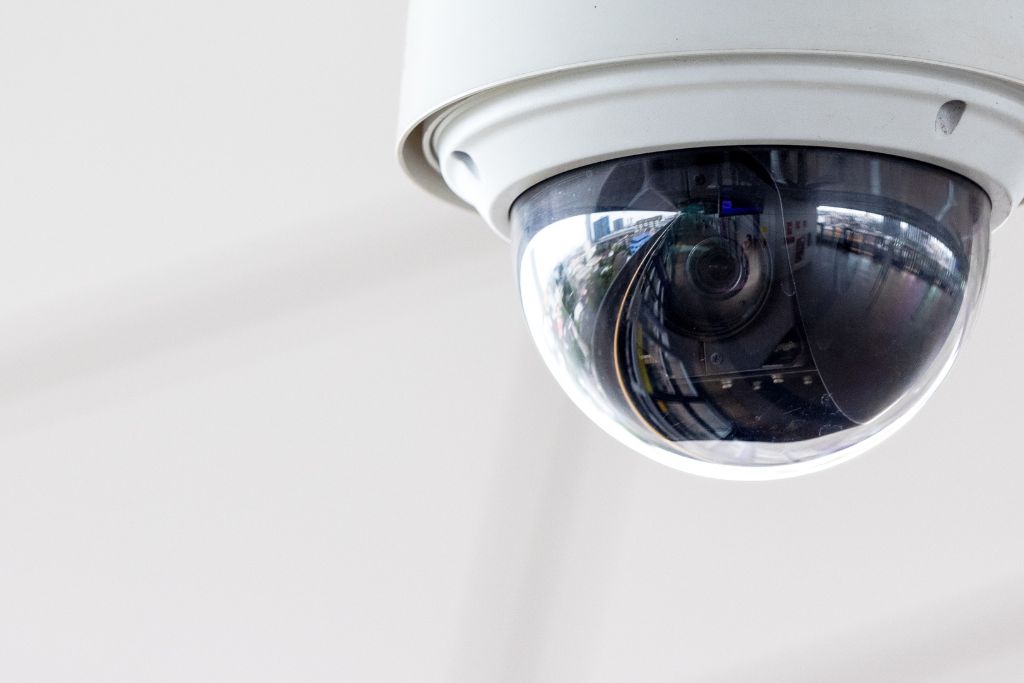Chinese balloons, whether high in the sky or shot to earth by a missile, have obviously been in the headlines lately. But the Australian government is also worried about the very security cameras that safeguard our country’s national security. “We’re going to fix it,” defence minister Richard Marles said recently. It’s a complex topic, but for those defence, government and private entities that are critical to Australia’s security and future, it all boils down to NDAA compliance.
What is NDAA compliance?
Mere days ago, following in the wheeltracks of our US and UK allies, the federal government swiftly moved to ban security and CCTV cameras and other surveillance equipment that – while keeping tabs on security on a local level – may actually be compromising Australia’s critical national interests. And the easiest way to do that was to bring all security cameras in line with something called the National Defence Authorisation Act (NDAA).
Actually, it’s a series of United States federal laws that first passed in 1961 – but has been constantly updated. And in the latest update, security, telecommunications, video and CCTV equipment sourced from Chinese companies or otherwise falling foul of the NDAA were strictly banned. US representative Vicky Hartzler, who was central to the drafting of the updated laws, said the new NDAA would “ensure that China cannot create a video surveillance network within federal agencies”.
Are your CCTV systems NDAA compliant?
But it’s not all about China. The NDAA now sets out highly detailed compliance requirements for any company doing business with the government – and is tipped to be the new espionage standard for all makers of security gear including CCTV systems.
How can you ensure the CCTV systems and equipment your business or organisation – whether government-affiliated or private – ticks every box for NDAA compliance?
1. Check the OEM manufacturer
As this critical era in Australian and global history sets in, CCTV and security equipment manufacturers are making it easy to know if their products are NDAA compliant. Governments following the lead of the Act are rapidly requiring manufacturers to achieve official NDAA certification, which is the easiest way to know if that equipment is A-Ok.
2. Check the NDAA compliance list
A few months ago in the US, as tension with China escalated, the United States’ Department of Defence released a new and updated NDAA compliance list. Think of it as a blacklist, featuring almost 100 new banned military-affiliated suspect companies that may threaten Western national security – including many in the business of CCTV systems.
3. Check the CCTV system’s chipset
At the heart of every CCTV system or item of affiliated equipment is the chipset. Think of it as the brain and commander of the way electronic data flows between the motherboard’s components, meaning that even if a specific OEM is apparently NDAA compliant, the chipset that lays within may not be. Other critical components other than the chipset can also fall foul of the NDAA, which is why federal registers of specific equipment models are rapidly being added to the list of gear to specifically avoid.
Check for NDAA compliance with CitiGuard
Are you worried the security products you already have up and running may be in violation of the ever-tightening NDAA requirements? We’re in a period of some leeway in which government agencies are checking only whether ‘commercially reasonable’ efforts to identify and replace offending systems are taking place, but CitiGuard Protection Services is standing by, ready to help.
As the best and most trusted Sydney security company since 1966, we can help you check and potentially replace your current surveillance systems, keeping both Australia and your business and brand safe. Get in touch with the friendly team today.


